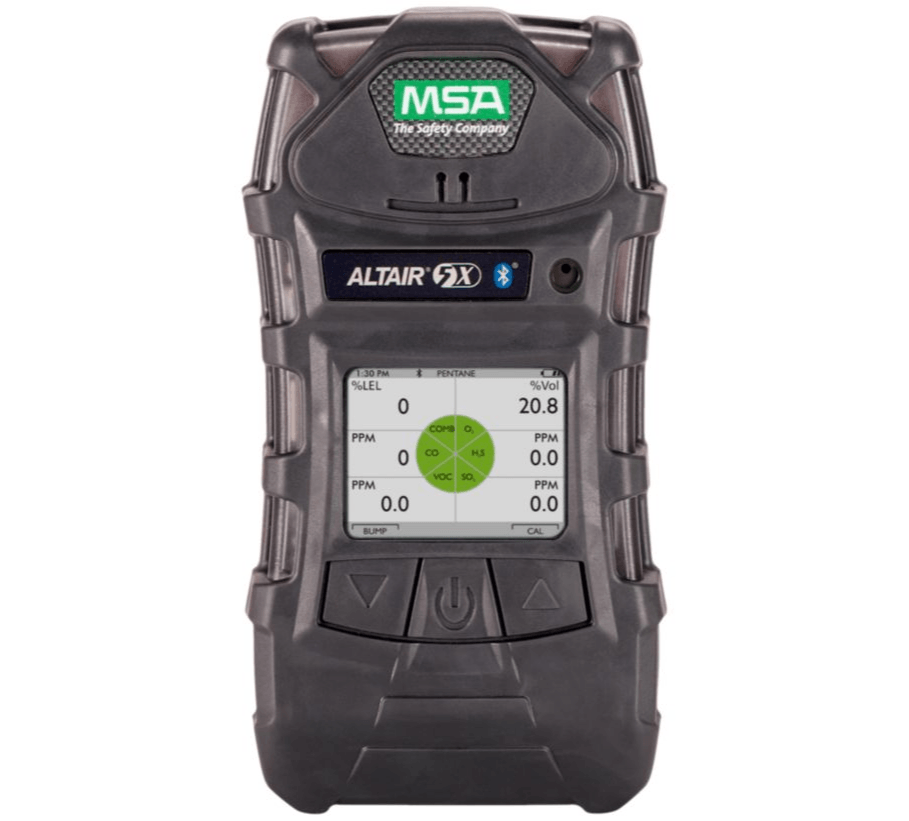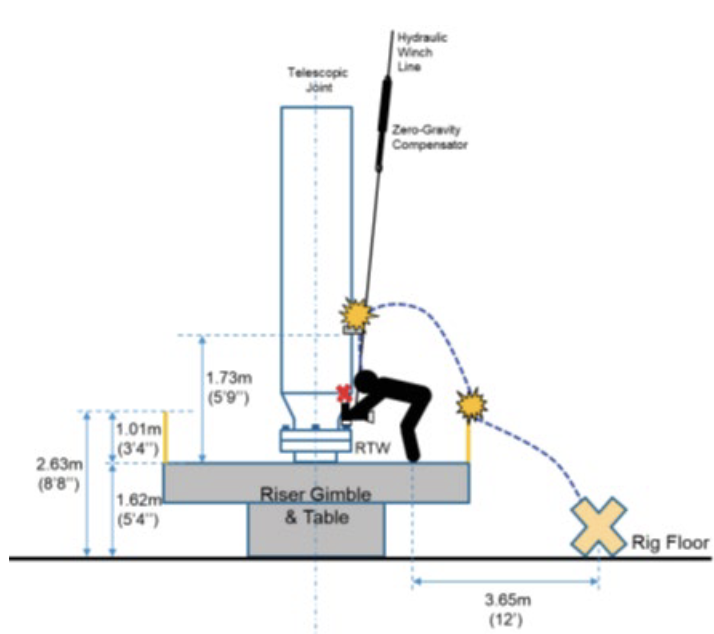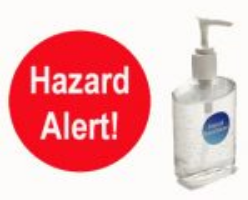Safety Alerts
Dear MSA Customer, MSA is issuing this User Safety Notice to inform you of a PROCEDURAL UPDATE regarding usage of the Altair 5X PID gas detector. MSA has determined that PID sensors manufactured from March 2020 to and including June 2023 may not respond to gas after being turned on due to the lamp of the sensor not lighting upon startup and the Altair 5X PID will not display a PID lamp error. To verify the proper operation of the Altair 5X PID, perform a BUMP TEST OR MANUAL GAS CHECK each time the unit is turned on and prior to using the device. MSA has not received any reports of injuries due to this condition. However, it is necessary that you perform the actions outlined in this notice. To verify proper device operation, PID sensors manufactured from March 2020 to and including June 2023 must have a bump test or manual gas check performed each time that the unit is powered on, prior to use. This requirement is in addition to existing usage guidelines. Membership Content
The incident investigation found that the rig crew was using a hydraulic torque wrench to extract the bolts from a telescopic riser joint (TJ) flange. During the operation, the HTW T socket became stuck between the bolt head and the tapered edge of the TJ. After failing to manually dislodge the HTW using physical exertion, the rig crew utilized a Hydraulic Utility Wrench to supply upward force and applied tension to free the tool. After applying the upward force, the torque wrench became unstuck under tension and shot upwards leading to the crewmember being struck. Contributing Factors included the following:
This safety alert on public safety at oil and gas upstream facilities is intended to:
The statements in this safety alert are intended solely as a hazard advisory. This document does not substitute for or change any applicable statutory provisions or regulations, nor is it a regulation itself. The hazard mitigation measures it provides may not be appropriate for every situation.
Recently there have been several incidents involving improperly installed or poorly maintained carbonated beverage systems that have created hazardous concentrations of carbon dioxide (CO2) in enclosed areas causing restaurant patrons, employees, and first responders to get sick or die. Carbon dioxide in the gaseous state is colorless and odorless and not easily detectable. Carbon dioxide can be deadly even when normal oxygen levels are present. Reaching hazardous levels of carbon dioxide can occur quickly and without warning and result in serious health effects or death. Because gaseous carbon dioxide is 1.5 times heavier than air, leaking carbon dioxide can accumulate at floor level in improperly ventilated or unventilated rooms not necessarily limited to the container’s location and in low areas, such as basements. Even small slow leaks can cause hazardous concentrations of carbon dioxide. Ventilation systems should exhaust from the lowest level and allow make-up air to enter at a higher point to maintain a safe environment. Potential sources of hazardous concentrations of carbon dioxide, when carbon dioxide systems are indoors or in an enclosed outdoor area can include, but are not limited to:
UPDATED on 3/3/2021 with the official 3M/Scott Response...
SAFETY ALERT Scott AV-3000 HT Facepiece Issued February 24, 2021
Here is the wording from their alert... Act with caution when using 80% alcohol‐based hand sanitizer. Before the liquid disinfectant has evaporated or dried there is a risk when touching metal surfaces which may accumulate static electricity which can serve as an ignition source, causing a flash fire. World Health Organization (WHO) states the following: |
Partner Organizations I am proud to announce that The Chlorine Institute and SAFTENG have extended our"Partners in Safety" agreement for another year (2024) CI Members, send me an e-mail to request your FREE SAFTENG membership
Member Associations
|
 PLEASE READ NOW AND TAKE ACTION
PLEASE READ NOW AND TAKE ACTION During well operations, a fatality occurred on a drillship in the Gulf of Mexico. While unlatching the lower Marine Riser Package from the Blowout Preventer in preparation for ship relocation, a crew member was lifted into the air after being struck by a hydraulic torque wrench (HTW), hitting a riser clamp approximately six feet above the elevated work deck before falling to the rig floor. The crew member was given first aid and transported to the drillship’s hospital, where he was later pronounced deceased.
During well operations, a fatality occurred on a drillship in the Gulf of Mexico. While unlatching the lower Marine Riser Package from the Blowout Preventer in preparation for ship relocation, a crew member was lifted into the air after being struck by a hydraulic torque wrench (HTW), hitting a riser clamp approximately six feet above the elevated work deck before falling to the rig floor. The crew member was given first aid and transported to the drillship’s hospital, where he was later pronounced deceased.














